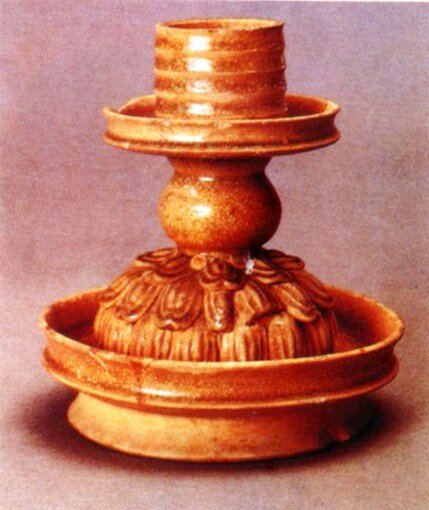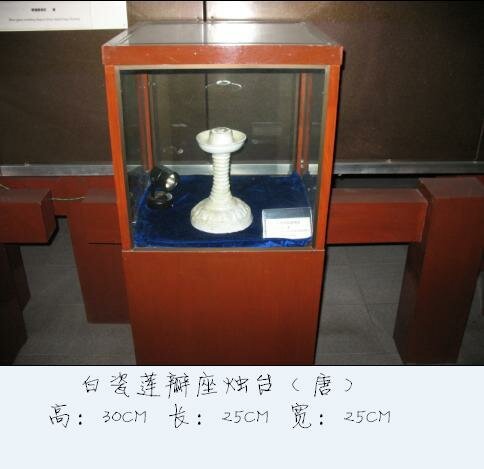

Lanterns in Sui and Tang Dynasty (AD581 – AD907)
Lanterns in Sui Dynasty
In Sui Dynasty, lantern festival declined or flourished from time to time. emperor Suiwendi (581—604) forbid the lantern festival while Suiyangdi was fond of it. On every Jan 15th of lunar calendar, Suiyangdi (569—618) would order to hold grand lantern show. Lantern shed, drama stage stretched 4km starting from the palace gate. Actors and actresses were more than 30000, music players 18000; spectators were countless. All the performances would be nightlong. Emperor Suiyangdi had a poem, said ‘thousands of lamps shine on thousands of trees, blaze flowers blossom on branches.’ This is an exact description to the lantern festival.
Lanterns in Tang Dynasty
Tang Dynasty is the first most prosperous period in Chinese feudalism society. It boasted of its developed economy, flourishing culture and powerful national force. With the mighty propelling of economy and culture, lantern festival got further development. Lanterns were increasingly extractive; connotation was increasingly rich. The historical records showed that the lantern festival was called ‘meeting of lamp shadow’ at that time. Therefore, lantern festival has other names of ‘lantern meeting’ and ‘Jan. 15th lantern meeting’.
Other View
In Sui Dynasty, lantern festival became a customary and statutory social activity in Chinese folk custom with fixed timetable and specific content and came down generation after generation. Since Tang Dynasty (618—907), it has been flourishing for thousands of years.
The Sui’s unification of China in 581 ushered in the rapidly social and economic development of China. In the Tang Dynasty culminating periods of the Feudal society in China, the culture and economy bloomed and the material and spiritual life of the people was still richer than ever before. At that time painted lanterns with a dual function of lightening and appreciation as well as those with a function of pragmatism were at a large scale produced. The painted lamps and lanterns chiefly used in the imperial palace were called court lanterns. From then on, the ancient lamps and lanterns in China developed abreast along two lines pragmatic lamps and court lanterns.
The birth of court lanterns, being closely associated with the custom of hanging lanterns in the Yuan Xiao Festival on the day of the 15th of the first lunar month, was a great event in the history of lamp and lantern in China.
In the Tang Dynasty, the variety, quantity and quality of the lamp and lantern far surpassed that in the past dynasty, its design and ornamentation embodying the grandeur and fascination of Tang Dynasty.
In a book Journey of Geography wrote in the year of 903, one of Arabic geographers acknowledged the silk products, pottery and porcelain and lantern in China as the three famous grand productions in the world. There by, the lamp and lantern in the Tang Dynasty laid great influence on the relationships between China and foreign countries.
The navigation of Chinese Lantern and Lantern Festival
- Discovery of the Fire
- Origin of lamp
- Chinese Lanterns in Qin
- Chinese Lantern in Han
- Lantern in Sui and Tang
- Chinese Lantern in Song
- Lantern in Ming and Qing
- Chinese Lantenr in R.O.C.
- Lantern Festival Develop
The lanterns in Sui and Tang Dynasty

Lamp in Sui

white porcelain candleholder shaped in lotus petals
Maybe you like these post
 One Response
One Response 
 Leave a Reply
Leave a Reply 





Full range of Jersey Euro 2012 , I love it at Soccer !